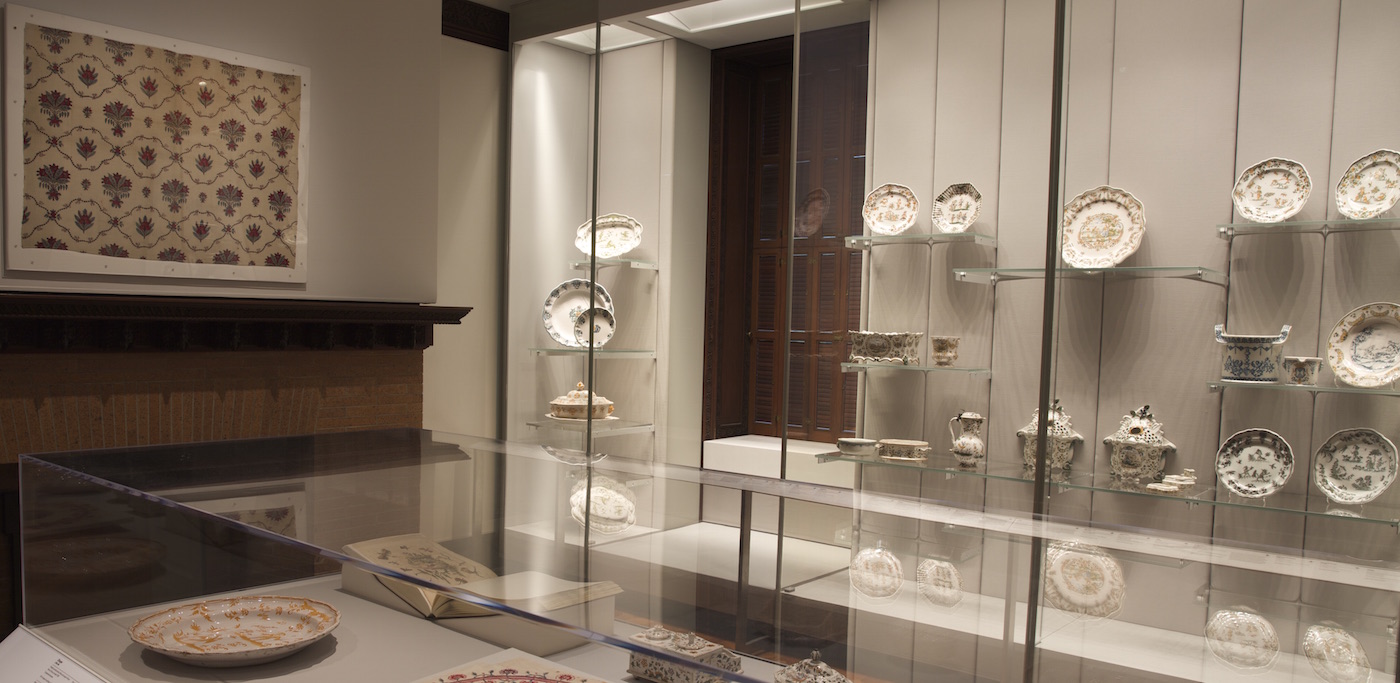Moustiers Ceramics: Gifts from the Eugene V. and Clare E. Thaw Collection


Moustiers Ceramics: Gifts from the Eugene V. and Clare E. Thaw Collection highlights the decorative and broad impact of innovative patterning and variety of forms produced in tin-glazed earthenware in Moustiers-Sainte-Marie, France during the 18th century. When King Louis XIV issued a series of edicts requiring French nobility to melt their silver table services to fund French war efforts (from 1689 to 1709), faience manufacturers were quick to provide ceramic services instead. The king held a monopoly on porcelain production in France, so other wealthy patrons often chose faience instead. Entrepreneurial pottery owners pursued regional clientele, as evidenced by table services painted with the arms of influential families from nearby Provence. Moustiers pottery decorators fueled demand by developing motifs that would become imitated by other factories.
Showcasing nearly 60 works of faience alongside prints and textiles related to the flourishing of this elegant earthenware, the exhibition celebrates the substantial gift of Moustiers ceramics from the Eugene V. and Clare E. Thaw collection to Cooper Hewitt.